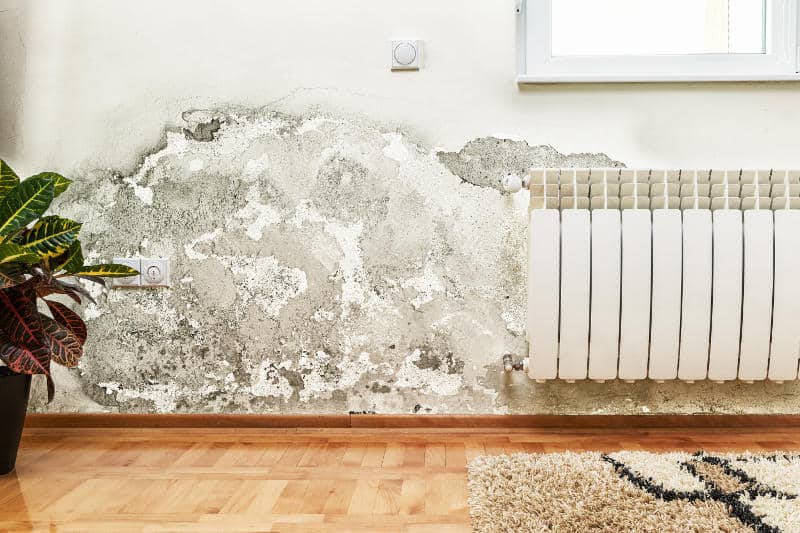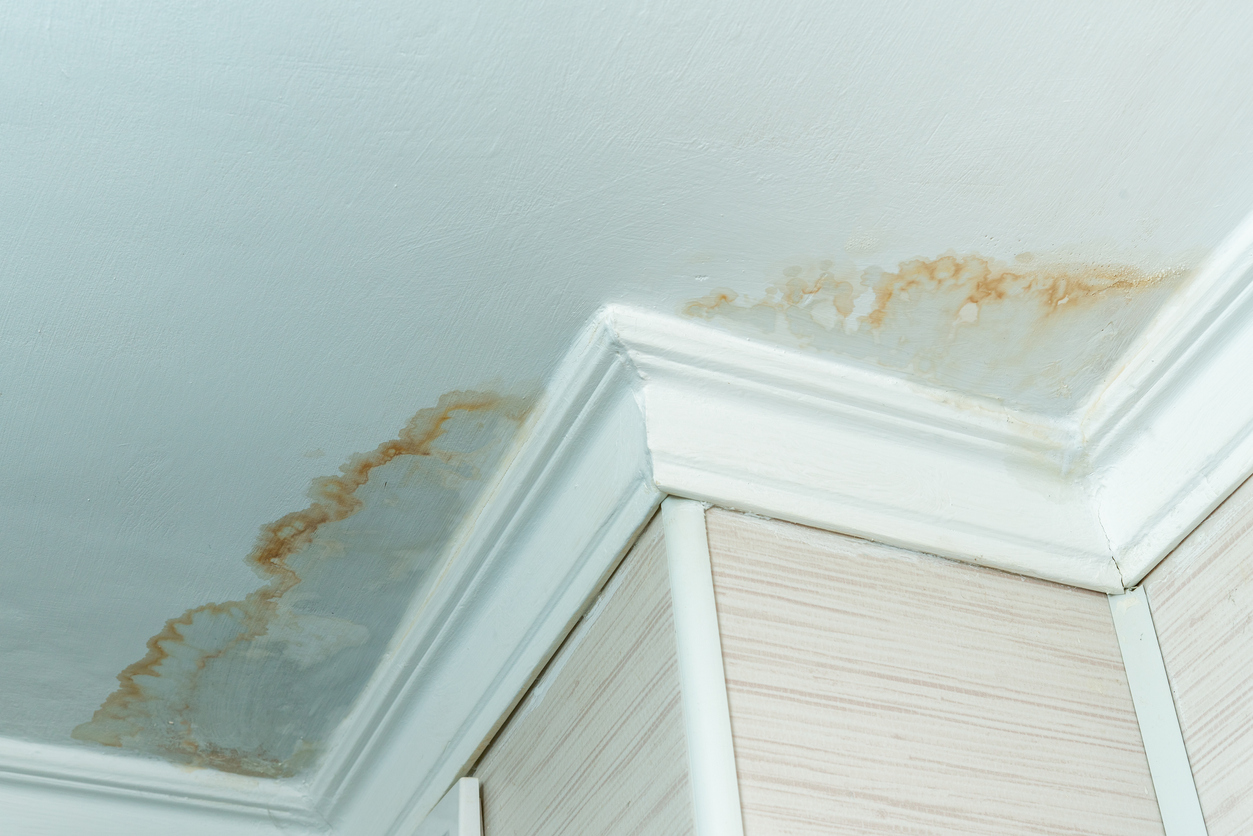Ultimate Guide to Addressing Water Stains on Walls: Inspection
Ultimate Guide to Addressing Water Stains on Walls: Inspection
Blog Article
In this article down the page you'll find a good deal of excellent insights on the subject of How to Find and Repair Water Leaking in the Wall.

Water discolorations on walls are not pleasurable to the eyes. Your residence needs to be without stains on the walls, roof, or floorings. That is the excellent state of a house as well as its frameworks. Yet, often it seems virtually unpreventable to experience water spots on walls in houses.
Home owners residing in humid areas continuously take care of the worry of water discolorations on wall surfaces. That does not have to be the situation for you. With all-around and also accurate info on the sources of water discolorations and also punctual repair service procedures, you will always be an action ahead of such events. So, this short article promises to be a practical guide for you.
3 Typical Root Causes Of Water Spots on Wall Surfaces
Unlike common belief, water stains on walls do not always stem from bad building materials. There are several causes of water stains on walls. These include:
Poor Drainage
When making a structure strategy, it is vital to make sure appropriate water drainage. This will certainly protect against water from leaking right into the wall surfaces. Where the drain system is blocked or nonexistent, underground moisture builds up. This links to too much dampness that you discover on the walls of your building.
The leading reason of damp wall surfaces, in this instance, can be a poor drainage system. It can also result from inadequate administration of sewer pipelines that go through the building.
Damp
When hot wet air meets completely dry chilly air, it triggers water droplets to base on the walls of buildings. This takes place in washrooms as well as kitchens when there is vapor from food preparation or showers. The water beads can stain the surrounding walls in these parts of your home and infect various other locations.
Damp or condensation affects the roof and also wall surfaces of buildings. This triggers them to show up darker than various other locations of the house. When the wall is wet, it creates a suitable setting for the development of microorganisms as well as fungi. These may have adverse results on health, such as allergic reactions and also breathing problems.
Pipeline Leaks
Many residences have a network of water pipes within the wall surfaces. It constantly enhances the feasibility of such pipelines, as there is little oxygen within the wall surfaces.
A disadvantage to this is that water leakage impacts the wall surfaces of the structure and triggers prevalent damage. An indication of malfunctioning pipelines is the appearance of a water discolor on the wall surface.
Water Stains on Wall: Repair Service Tips
When dealing with water discolorations, house owners would normally desire a fast fix. They would soon recognize this is disadvantageous as the water discolorations recur. Here are a few valuable ideas that will lead you in the fixing of water stains on walls:
Pro Suggestion
A houseplant in your home also increases its humidity. If the house is already moist, you might desire to introduce houseplants with very little transpiration. An example of suitable houseplants is succulents.
Conclusion
No one desires to have water spots on walls in their home, it can take place to the finest of us. This post gives you leverage, as you currently understand how to handle this problem if it does take place.
It is constantly best to recruit professional solutions to assist repair the damages in your house.
Often it seems virtually unpreventable to experience water stains on wall surfaces in houses.
Contrary to popular idea, water spots on walls do not constantly stem from bad building products. There are a number of causes of water discolorations on walls. The water droplets can tarnish the surrounding wall surfaces in these components of your home as well as spread to other areas.
Here are a couple of practical suggestions that will guide you in the fixing of water spots on walls:
CHECKING FOR WATER DAMAGE
Water damage can be costly, and it may begin before you even notice the first signs of trouble. Water damage can cause mold and mildew in your walls and floors, which can create an abundance of health concerns for your family. It can also lead to costly repairs of various appliances and general home fixtures. To avoid the pricey consequences of water damage, here are Warner Service s top 5 places you should check:
The walls The easiest place to spot the beginnings of water damage is on the walls and ceilings of your home. If water damage is present, there will most likely be water stains, especially around the windows and doorframes, and/or cracks in the drywall. If a stain looks unusual (discolored to brown, black or gray, raised texture), has a swollen appearance or is soft to the touch, contact a professional immediately. The pipes To avoid water damage, consistently check the pipes in your kitchen (especially the dishwasher and ice maker), bathrooms, laundry room (specifically washing machines) and basement for corrosion, leaks and water stains. Pay special attention to where the pipes connect in your home and the location of caulking around the bathroom fixtures, including toilets, sinks, showers and tubs. Missing or loose caulking and grout could be signs of leaking water. This seepage can also quickly cause mold and rust, so double check your water heater and tank for wet spots on the floor. The floor Water damage is very easy to spot on the floor. Look for any warping or buckling of the material, especially in the basement. If your home has wood flooring, look for bright white or dark stains. If your home has carpeting, keep it dry and clean. A damp carpet that smells of mold could cause water damage and health problems. To avoid this, consider installing floor pans under your appliances to help prevent damages from small, slow and undetected leaks. The basement and attic If your basement or attic smells odd check for mold and mildew around the area, especially the valley where the roof meets. While you are inspecting those areas, check for wall cracks, floor stains, rust and dampness in the insulation. If you live in a colder and/or rainier climate, perform routine checks for water damage from melting snow or ice and rain. The exterior Check the roof for damaged flashing and missing, cracked or curled shingles. There should also be no standing water anywhere outside your home. This could be caused by puddles, leaky rain gutters or hoses, poor drainage, or short gutter spouts. Invest in a sump pump system or water flow monitoring system, and perform routine maintenance on these outdoor appliances to avoid indoor water damage.

I recently found that page about while looking around the internet. Do you know another individual who is serious about the niche? Feel free to share it. We thank you for reading our article about Indicators of Water Damage Behind Walls.
Call Today Report this page